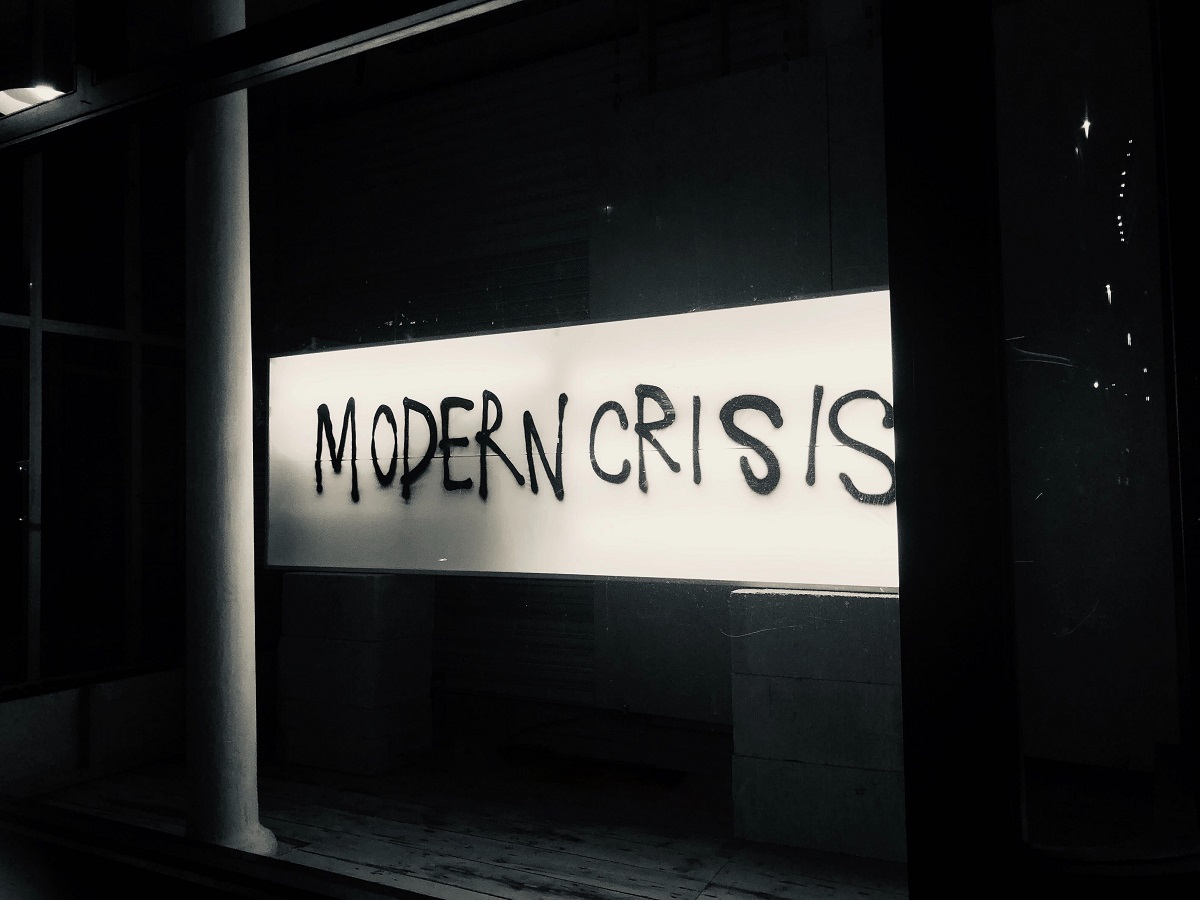You don’t need to wait for a pandemic to hit to sharpen your messaging. That said, difficult moments often reveal the cracks in the foundation of organizations, and it is up to you to stop these cracks from growing. These evergreen tips will not only help you today, but they’ll remain relevant long after things are back to “normal.”
- Make your messages easy to say and recall. Use common language and avoid jargon. If it’s easy to say, it’s easier to remember. (Jargon is not memorable.) If it’s easy to remember, it’s easier to repeat. And repetition is good. You’ll see this repeated below.
- Be clear and concise. Headlines (and Twitter) are popular because they demand brevity and directness. Can you make your point with fewer words? Try. Harder.
- Stick to the facts. Your messages should be supported by facts, but facts alone do not make a strong message. Don’t try to convey loads of complicated information – save that for a white paper or research report. Boring (or worse, confusing) people to tears with data is not what great messages do. Pick out one key captivating fact, and build from there. Keep it short and avoid jargon. Repetitive? Exactly.
- Show emotion. The human brain is literally hardwired to respond first to emotion, then to facts. Speaking of facts, it’s only human to react to emotion with emotion. That’s why rage giving is a thing. Your most emotional supporters will be your most ardent, so give them something to pour their emotions into.
- Inspire with big, bold, and aspirational ideas. On the topic of emotions, let’s be clear: while fear is an effective emotion, fearmongering is not productive nor is it advisable. Paint a picture of something that will quell – not stoke – fear and anxiety. Leave people with feelings of inspiration and hope. Give them a call to action they can feel good about.
- Have a clear call to action. Use active voice and strong verbs. Limit adverbs and be intentional with your adjectives. Make it clear what you want people to do and how they can do it. Test your process so you experience it as a user would. Is it easy to donate, download, or sign up? Is it free from unnecessary hurdles? Can you do it with fewer clicks? Fewer questions?
- Repetition is good. We already covered this, but we’re making a point here. When you reach the stage of being sick of saying your message, you just may be starting to break through.
- Convey urgency, not hopelessness. When people feel that the problem is so big that nothing they do is going to help, they are likely to shut down instead of getting involved. After all, who wants to throw money on a sinking ship?
- Connect to organizational values and mission. Always, always bring it back to who your organization is and why it exists in the first place. If you don’t have a compelling and clearly articulated mission, make it your top priority to develop one.
This post was written and contributed by Graham-Pelton






